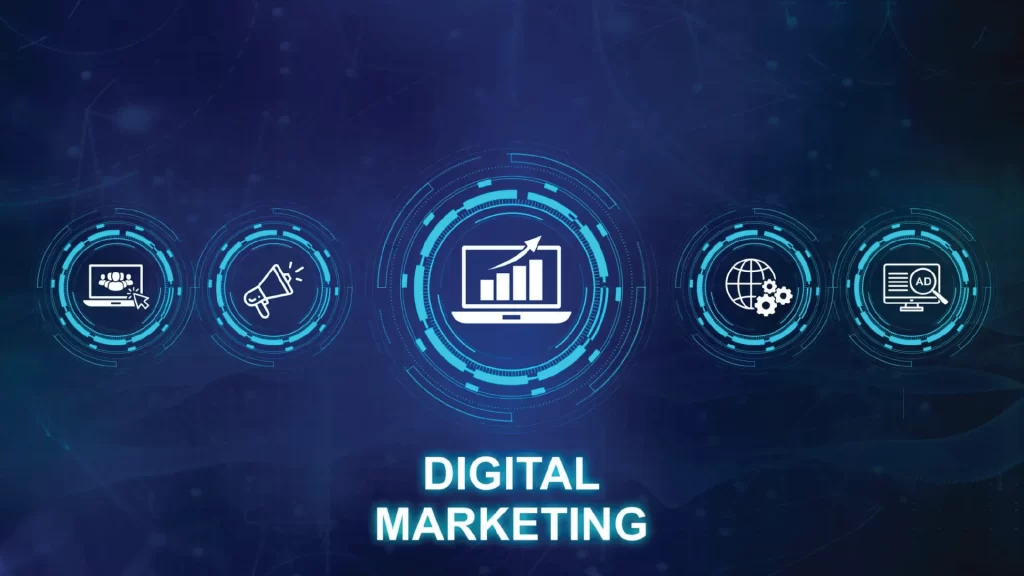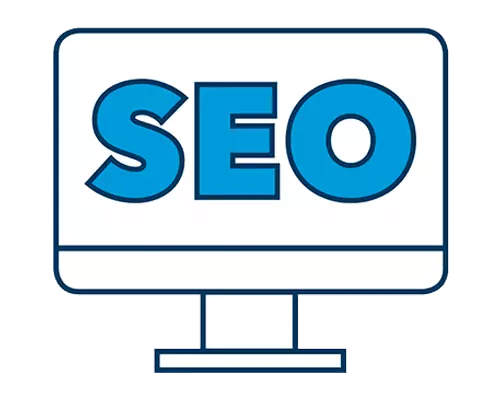Digital marketing is a vast and ever-evolving field with an array of strategies and approaches to connect with audiences in the digital realm.
Understanding the different types of digital marketing is crucial for crafting effective campaigns and achieving your marketing objectives.
In this comprehensive guide, we explore the various facets of digital marketing and their unique contributions to the online success of businesses.
1. Search Engine Optimization (SEO):
SEO is the art and science of optimizing your online content to improve its visibility in search engine results pages (SERPs).
It involves keyword research, on-page optimization, link building, and other strategies to enhance organic (non-paid) search engine rankings.
SEO is vital for driving organic traffic and increasing a website’s authority.
2. Content Marketing:
Content marketing focuses on creating and distributing valuable, relevant, and consistent content to attract and engage a target audience.
Content can take various forms, including blog posts, articles, videos, infographics, and podcasts.
Quality content not only informs and entertains but also establishes authority and builds trust with your audience.
3. Social Media Marketing:
Social media marketing harnesses the power of social media platforms to connect with and engage audiences.
It involves creating and sharing content, participating in social conversations, and running paid advertising campaigns on platforms like Facebook, Twitter, Instagram, and LinkedIn.
4. Email Marketing:
Email marketing involves sending targeted emails to a list of subscribers or potential customers.
It is an effective way to nurture leads, provide valuable content, and promote products or services.
Email marketing campaigns can be highly personalized, making them a powerful tool for building customer relationships.
5. Pay-Per-Click Advertising (PPC):
PPC advertising allows businesses to display ads on platforms like Google Ads or social media networks.
Advertisers pay a fee each time a user clicks on their ad, making it a cost-effective way to drive traffic and conversions. PPC campaigns can be highly targeted and offer measurable results.
6. Affiliate Marketing:
In affiliate marketing, businesses reward affiliates for bringing customers through the affiliate’s marketing efforts.
Affiliates earn a commission for successful referrals, making it a performance-based approach to marketing.
7. Influencer Marketing:
Influencer marketing leverages the popularity and authority of individuals or “influencers” in a specific niche to promote products or services.
Collaborating with influencers can expand your reach and credibility, especially within niche markets.
8. Content Marketing:
Web designers are using bold colors and typography to create eye-catching and visually appealing websites.
Vibrant color palettes and typography choices are sure to make an impact.
9. Dark Mode:
Dark mode is a popular design trend that uses dark colors and high contrast to create a more readable and visually appealing experience in low-light environments.
10. Accessibility:
Web designers are paying more attention to accessibility, making sure that their websites are usable for people with disabilities.
Accessibility features, such as screen readers, alt text, and keyboard navigation, are becoming standard to ensure a broader audience can engage with digital content.
Conclusion:
Understanding the different types of digital marketing is essential for creating effective and integrated marketing strategies.
The digital landscape offers a diverse set of tools and approaches, allowing businesses to connect with their audience in meaningful ways.
By choosing the right mix of digital marketing techniques and platforms, businesses can increase brand visibility, engage with their audience, and drive meaningful results in the ever-expanding digital world.

















